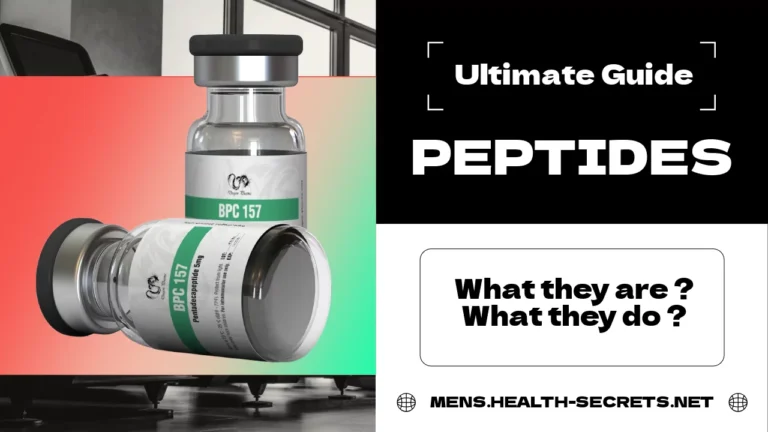What if you could heal injuries faster, sleep more deeply, and recover from workouts almost overnight? This powerful promise has made peptides one of the most discussed topics in fitness and biohacking circles. Unlike traditional “performance enhancers,” peptides are often positioned as recovery and optimization tools – but the reality is far more complex.
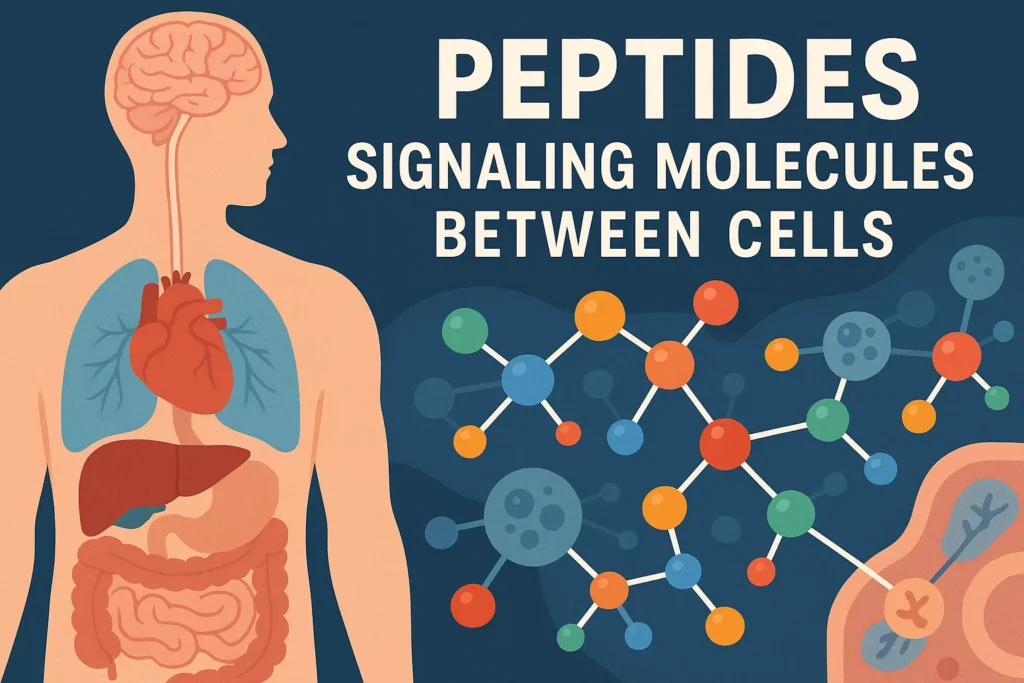
Peptides represent a vast category of powerful signaling molecules, and understanding the difference between the promising science and the unregulated reality is crucial for anyone considering them. As with any performance-enhancing approach, it’s wise to start with our responsible user’s guide to understand the fundamental principles of safe use.
Peptides Demystified: Your Body’s Master Messengers
At their simplest, peptides are short chains of amino acids that serve as your body’s “text message system.” They carry specific instructions from one part of your body to another, telling cells what to do: grow, repair, burn fat, or sleep.
The key difference between peptides and other compounds lies in their mechanism of action:
- Steroids/SARMs: Act as a master key, directly activating receptors to create a massive, systemic response
- Peptides: Act as a signal, telling your body to produce its own hormones (like Growth Hormone) or initiate its own repair processes
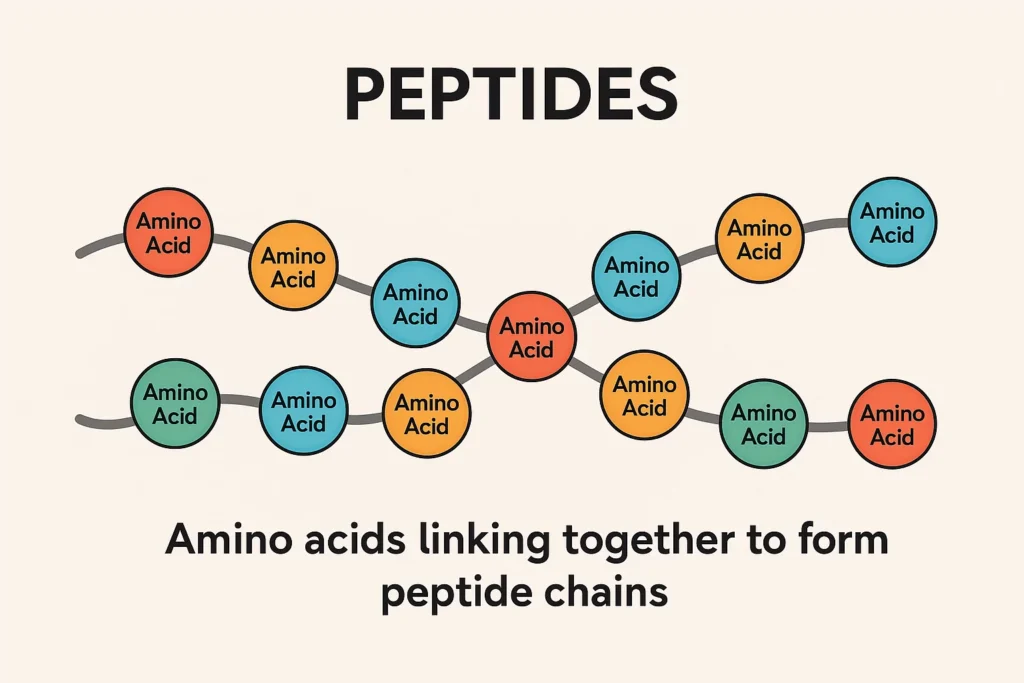
This distinction is crucial – peptides are generally a nudge to your natural systems rather than a sledgehammer. Most peptides also require subcutaneous injection to survive digestion, moving them firmly from “supplement” territory into “compound” territory that demands serious consideration.
The Peptide Landscape: Common Types & Their Claims
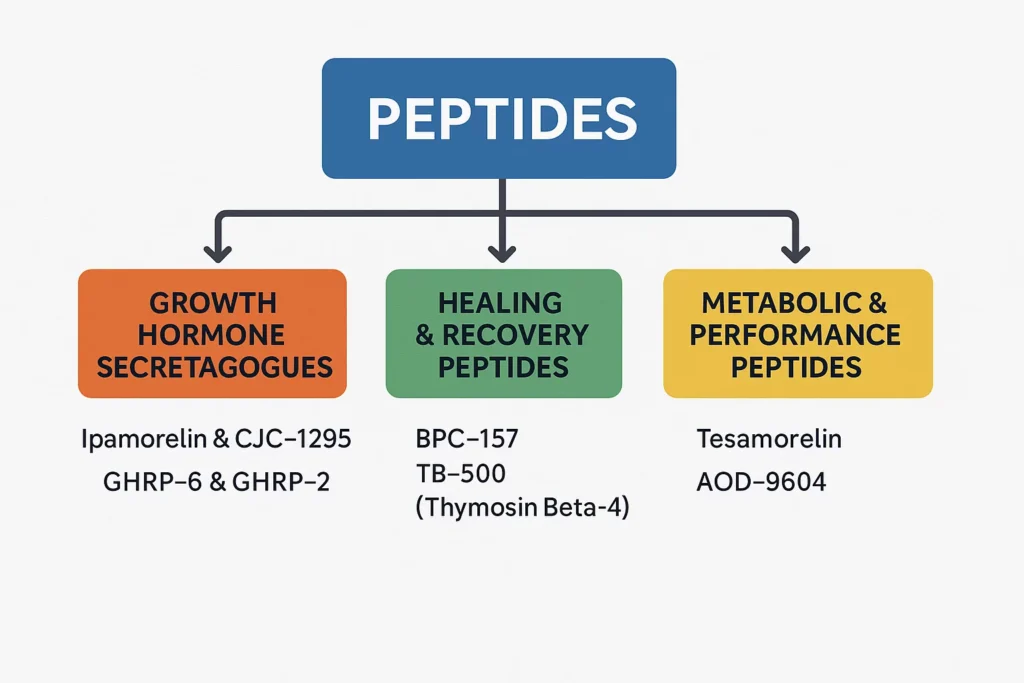
Growth Hormone Secretagogues (The “Releasers”)
These peptides stimulate your pituitary gland to produce more of your body’s own Growth Hormone (GH). The National Institutes of Health notes that GH plays crucial roles in metabolism and body composition.
- Ipamorelin & CJC-1295: Popular as a “pulse-like,” supposedly safer stack for improving sleep quality, recovery, and fat loss
- GHRP-6 & GHRP-2: Known for strong GH release and a notable side effect of intense hunger
Healing & Recovery Peptides (The “Repair Crew”)
These peptides target specific tissues to promote healing and reduce inflammation:
- BPC-157: Often called the “Wolverine” peptide for its claimed systemic and local healing benefits for tendons, ligaments, and gut health
- TB-500 (Thymosin Beta-4): Promotes cell migration and healing, popular for muscle strains and joint injuries
Metabolic & Performance Peptides
These influence metabolism, endurance, and fat loss:
- Tesamorelin: A potent GH-releaser highlighted for targeting visceral (belly) fat
- AOD-9604: A fragment of GH marketed for fat-burning without growth effects
The Unseen Risks: What Many Sources Don’t Tell You
The “research chemical” status of most peptides creates significant, often overlooked risks that every user must understand:
The Purity & Dosage Gamble
Since peptides are sold for “lab research only,” they lack FDA oversight. Independent analyses frequently find products with incorrect dosages, different peptides than advertised, or dangerous contaminants. This uncertainty makes consistent, safe use nearly impossible.
Blood Sugar Disruption
Many GH-releasing peptides can cause insulin resistance and significantly impact blood glucose levels. The FDA has warned about significant risks associated with compounded peptide products, particularly regarding their metabolic effects.
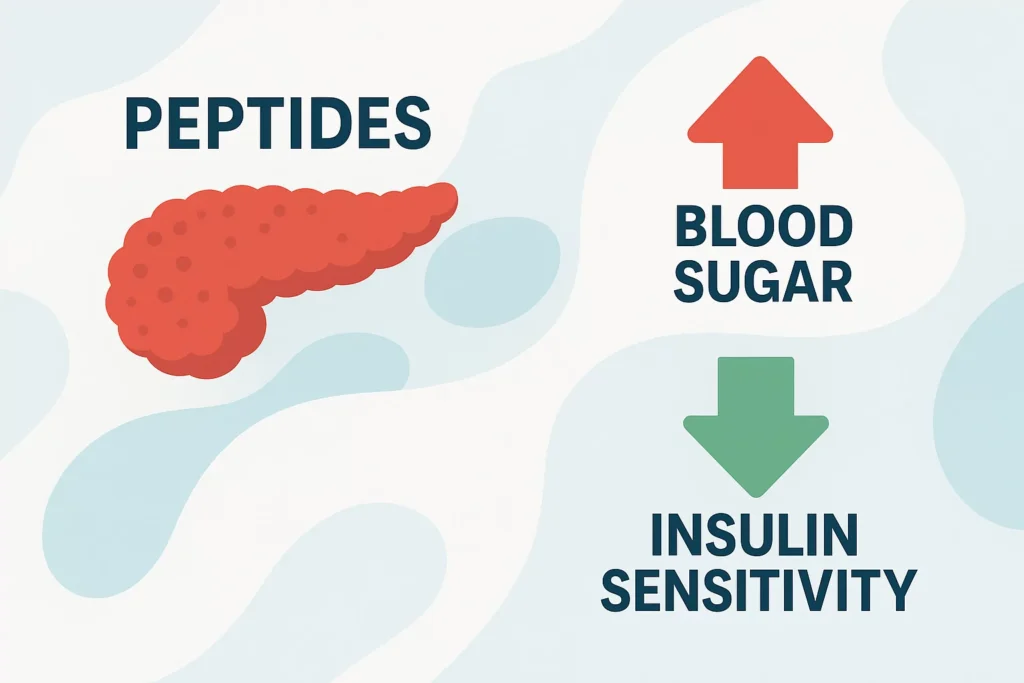
Hormonal Cascade Effects
Manipulating your GH axis can have unintended consequences, including elevated cortisol (the stress hormone), water retention, and joint pain from rapid growth. These systemic effects are often downplayed in marketing materials.
The “Local” Injection Myth
Many believe injecting BPC-157 or TB-500 directly into an injured site is necessary, but research shows these compounds have systemic effects regardless of injection site. This misunderstanding can lead to improper use and disappointment.
A Realistic Cost-Benefit Analysis for Athletes
Who Might Actually Benefit?
- Athletes with stubborn, chronic injuries that haven’t responded to traditional rehabilitation
- Individuals struggling with severe sleep issues that directly impact recovery and quality of life
- Those with specific, diagnosed conditions under medical supervision
Who Should Avoid Them?
- Anyone seeking “quick fixes” or massive muscle gains (peptides are generally underwhelming for this)
- People with pre-existing blood sugar issues or significant cancer risk factors
- Individuals uncomfortable with daily injections and rigorous health monitoring
- Those who haven’t maximized their training, nutrition, and sleep foundations
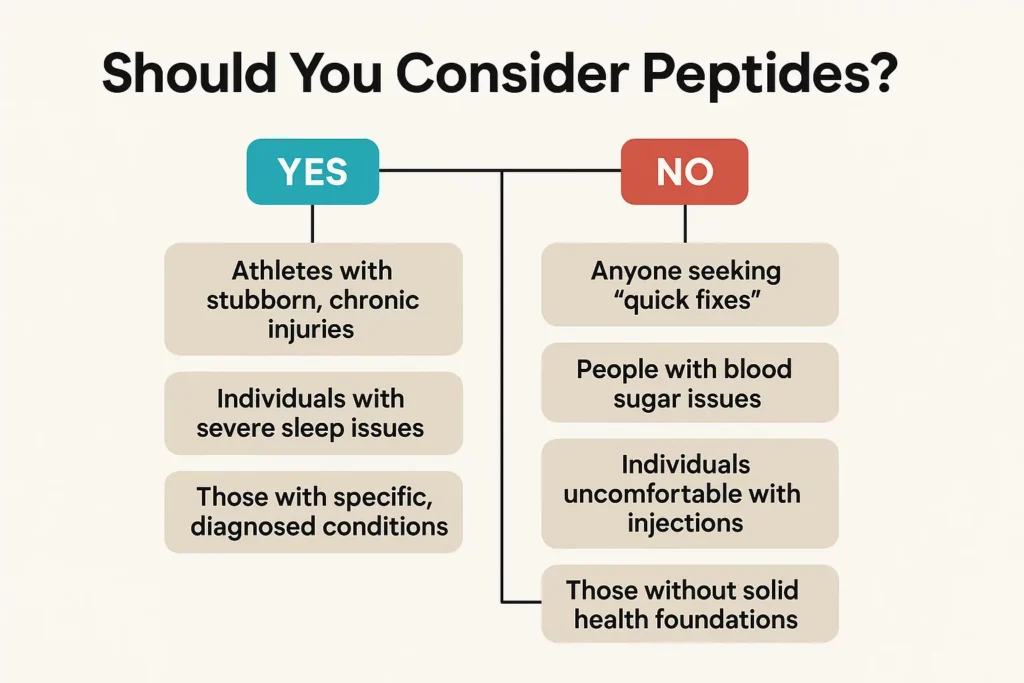
The reality is that peptides are a high-cost, high-complexity tool for specific, nuanced problems. They cannot replace foundational health practices, and their benefits are often more subtle than dramatic. As we’ve discussed in our guide to SARMs, understanding the science behind these compounds is essential before considering their use.
The Verdict: Powerful Potential, Perilous Practice

Peptides represent a fascinating frontier in regenerative medicine, but the current environment of unregulated use turns interested users into uninformed test subjects. Using peptides is like having access to your body’s source code – in the wrong hands, without proper knowledge, you can cause system-wide errors that may affect everything from your hormonal health to your metabolic function.
Before considering any peptide, your first investment must be in comprehensive blood work and a consultation with a doctor who understands sports endocrinology. Your health is not a laboratory experiment, and the potential long-term consequences of peptide use remain largely unknown.
The most significant benefits for most athletes will still come from perfecting the fundamentals: consistent, intelligent training; proper nutrition; quality sleep; and stress management. These proven strategies provide substantial results without the unknown risks of experimental compounds.

